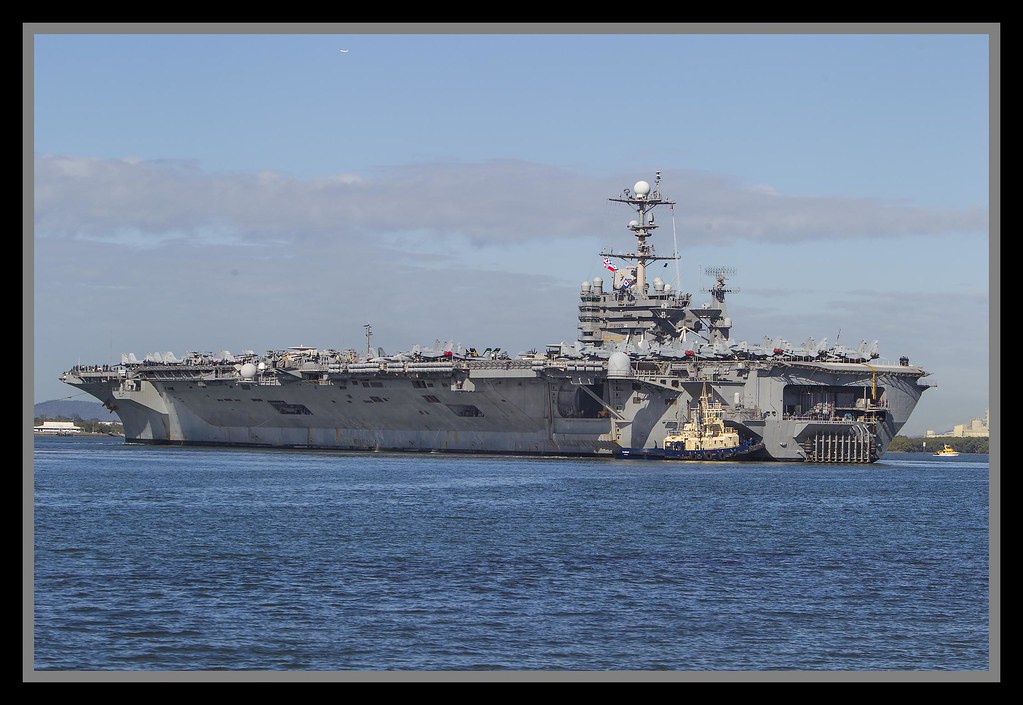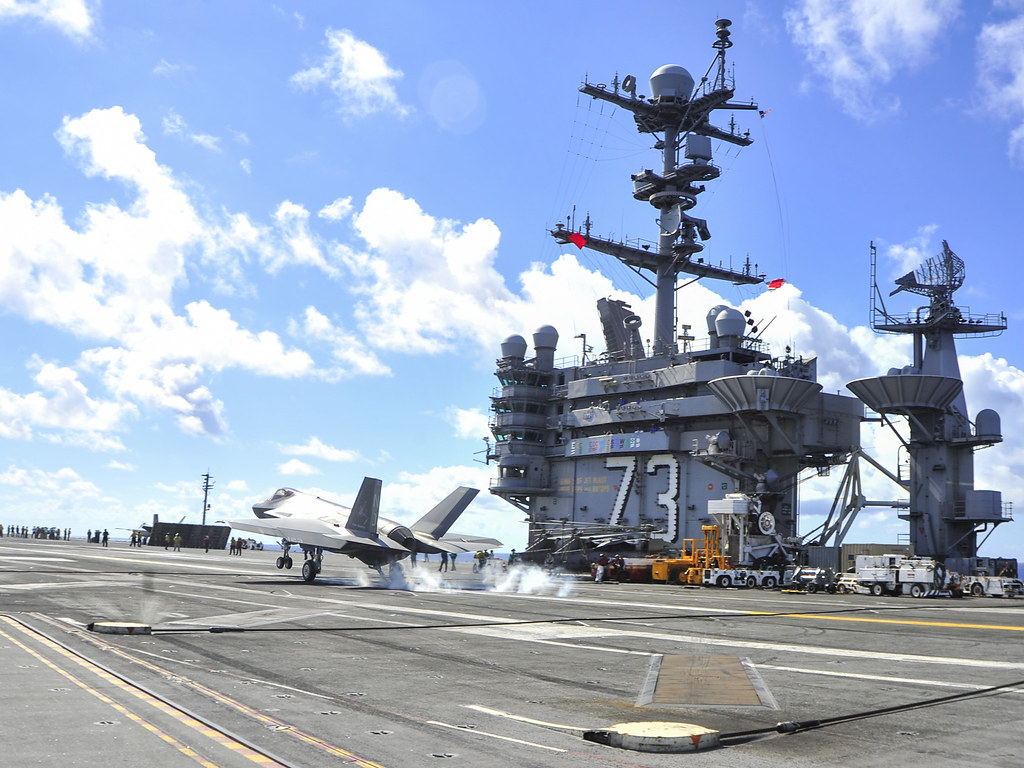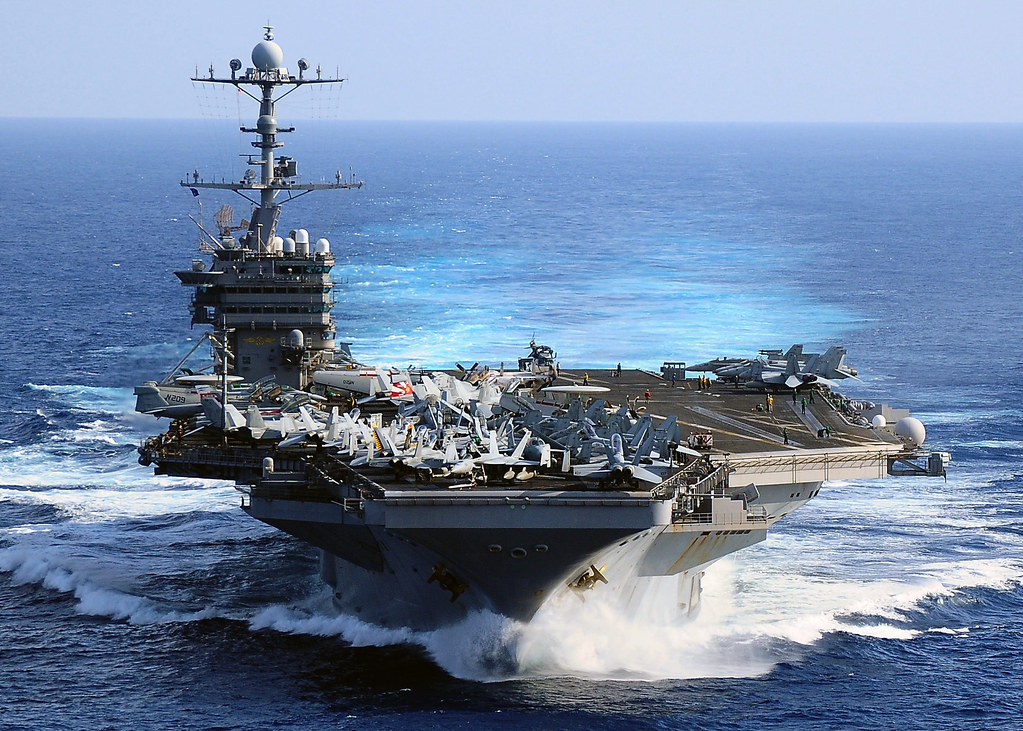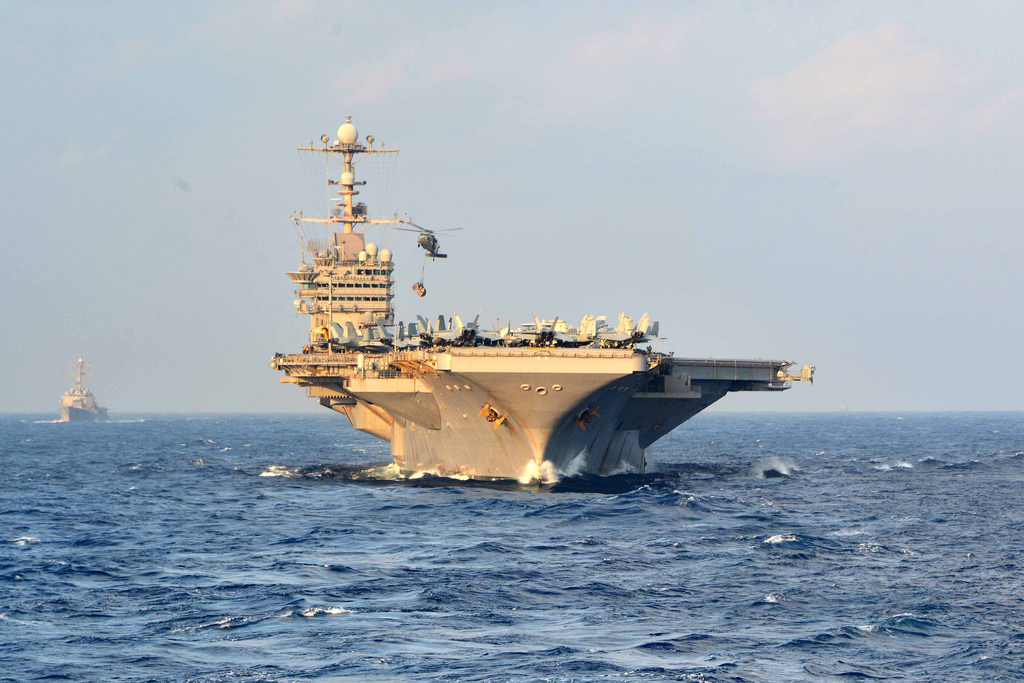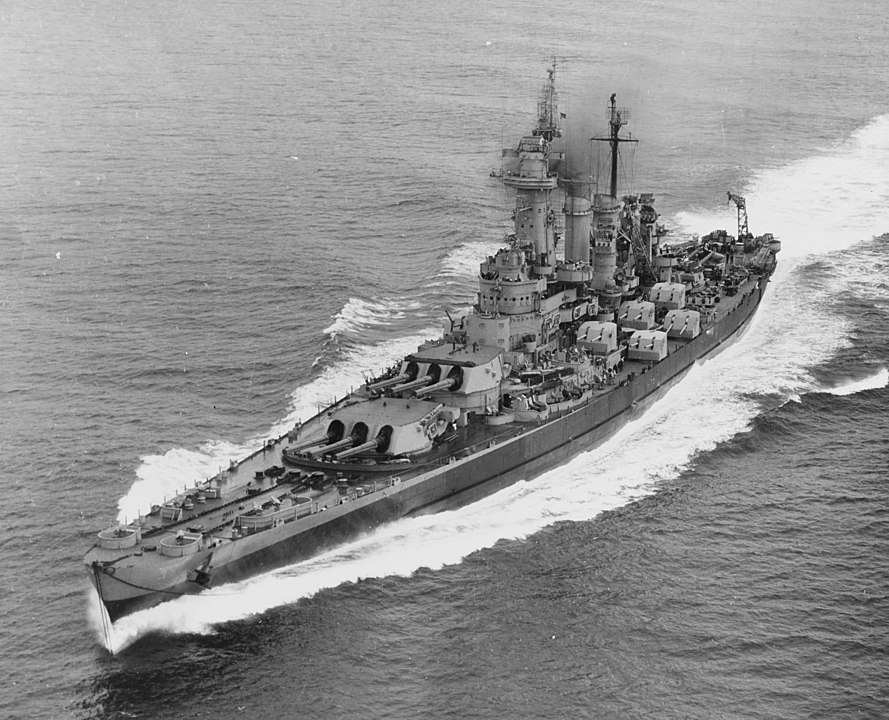
On a fateful night in November 1942, the course of the Pacific War was forever altered by the formidable USS Washington (BB-56), a North Carolina-class battleship. Not only did this vessel carve its name into the annals of naval history, but it also achieved a feat that remains unmatched to this day. The USS Washington is renowned for sinking the Japanese battleship Kirishima during the Second Naval Battle of Guadalcanal, marking a pivotal ‘one-on-one’ battleship victory in the Pacific War.
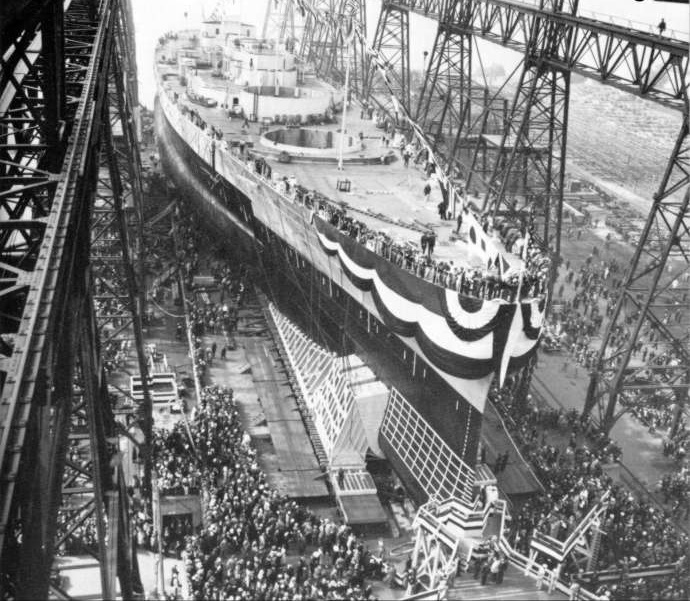
Commissioned in May 1941, the USS Washington was built at the Philadelphia Navy Yard, Pennsylvania. It wasn’t long before the battleship, weighing in at a mighty 35,000 tons, was thrust into operations in the Atlantic alongside the British Home Fleet. Despite the harsh environments of the North Atlantic and losing its task force commander to the unforgiving sea, Washington endured and, by September 1942, was reassigned to join the U.S. forces in the South Pacific for the Guadalcanal Campaign.

The night of 14-15 November 1942 saw the USS Washington as the flagship of Rear Admiral Willis A. Lee, where she played a crucial role in the last part of the Naval Battle of Guadalcanal. According to the Naval History and Heritage Command, “During that night action, her sixteen-inch guns fatally damaged the Japanese battleship Kirishima.” This single act of firepower turned the tide of the Pacific theater and gave the U.S. Navy a strategic upper hand.
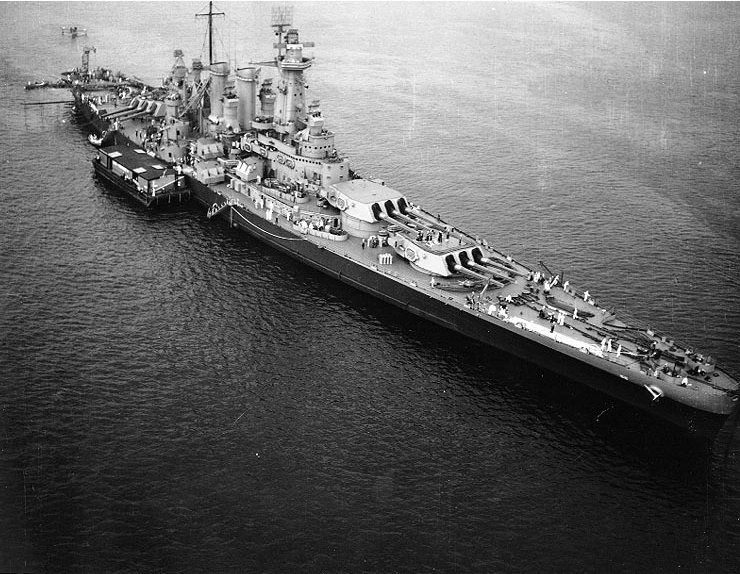
The Washington’s radar-directed gunfire was relentless. “In just seven minutes, Washington, using radar-directed gunfire, sent 75 rounds of 16-inch and 107 rounds of 5-inch scoring at least nine hits with her main battery and about 40 with her 5-inch battery,” reports the official Naval History and Heritage Command. The Kirishima, left burning and exploding, was effectively eliminated from the war.

Despite the fierce engagement, the Washington emerged unscathed—a rarity in the brutal arena of naval combat. Her durability and firepower were a testament to American naval engineering and the proficiency of her crew. The event marked a significant boost for the Allies, whose resources in the region, particularly aircraft carriers, were sorely depleted following losses earlier in the war. The victory afforded by Washington provided crucial breathing space for the United States to reinforce their naval presence in the Pacific.
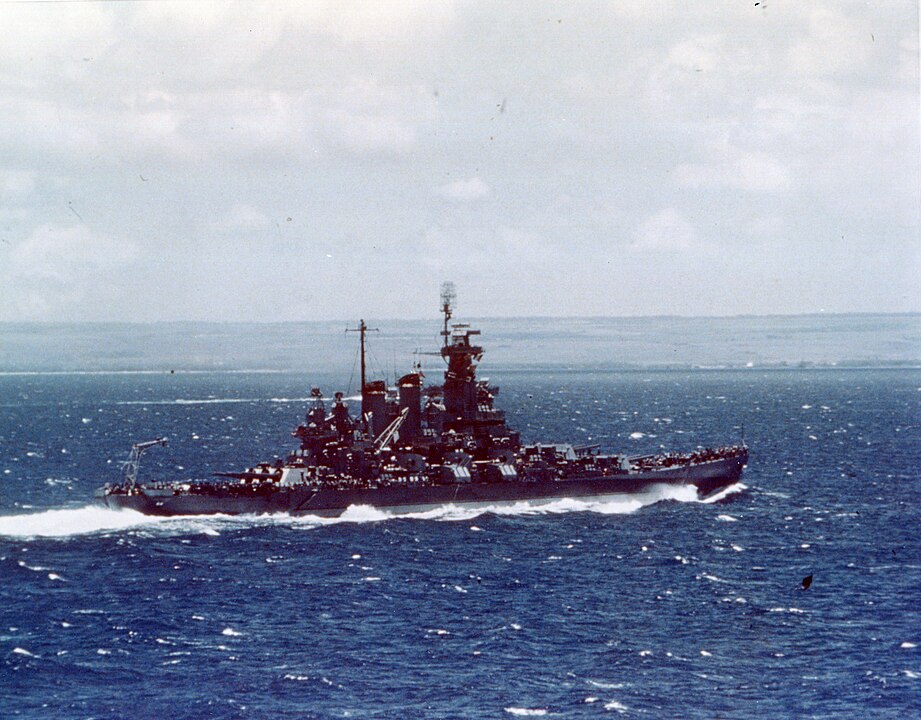
The USS Washington’s service did not stop with the Kirishima’s sinking. Her guns bellowed across the Pacific as she supported multiple operations across the Gilbert Islands, the Marshalls, and eventually the Marianas, where she played a part in the infamous Battle of the Philippine Sea. Known for its dramatic “Marianas Turkey Shoot,” this battle saw a staggering loss of Japanese aircraft and marked another turning point in the war.
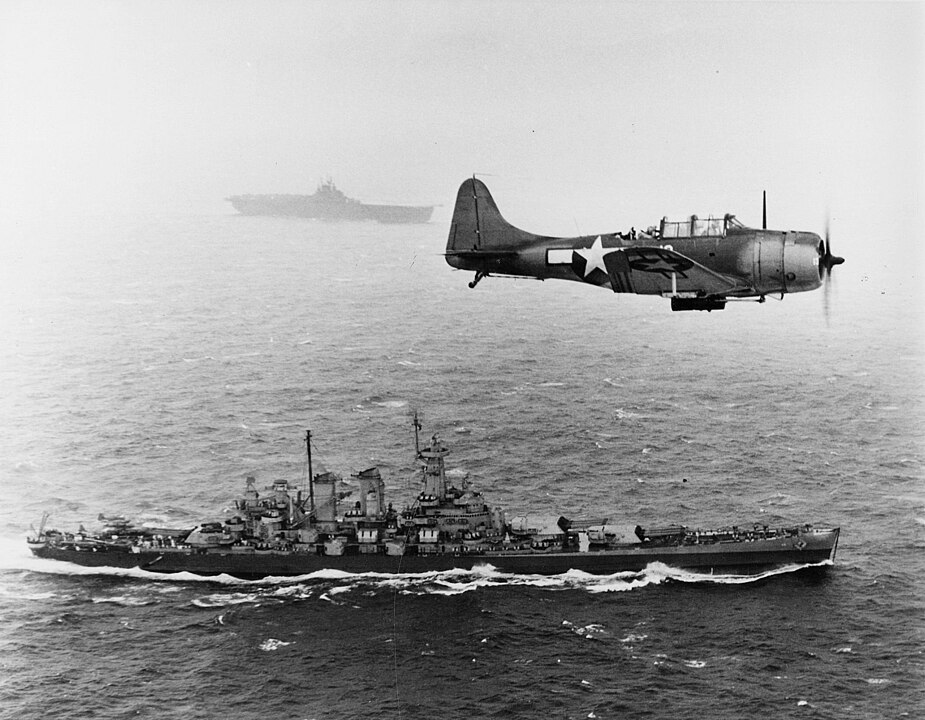
The Washington’s resilience was highlighted again when she sustained a collision with the USS Indiana (BB-58), crushing her bow. Remarkably, after repairs, Washington returned to the fleet without missing a beat. She continued her service through the capture of the Palaus, Leyte, Luzon, Iwo Jima, and Okinawa. Despite undergoing an overhaul during the last two months of the war, Washington’s legacy as a warfighter was well-established by this point.
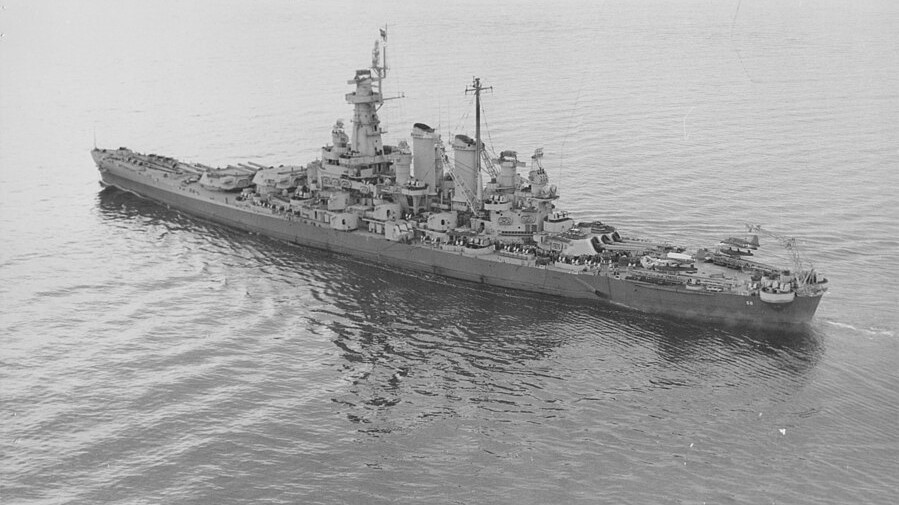
After her combat service, the USS Washington transported veterans home from Europe, signaling the end of her active duty. Finally decommissioned in June 1947, she was placed in reserve until sold for scrapping in 1961. The Washington earned 13 battle stars for her valor, marking her as not only a key player in the Pacific War but also as a symbol of American naval might and innovation.
related images you might be interested.


